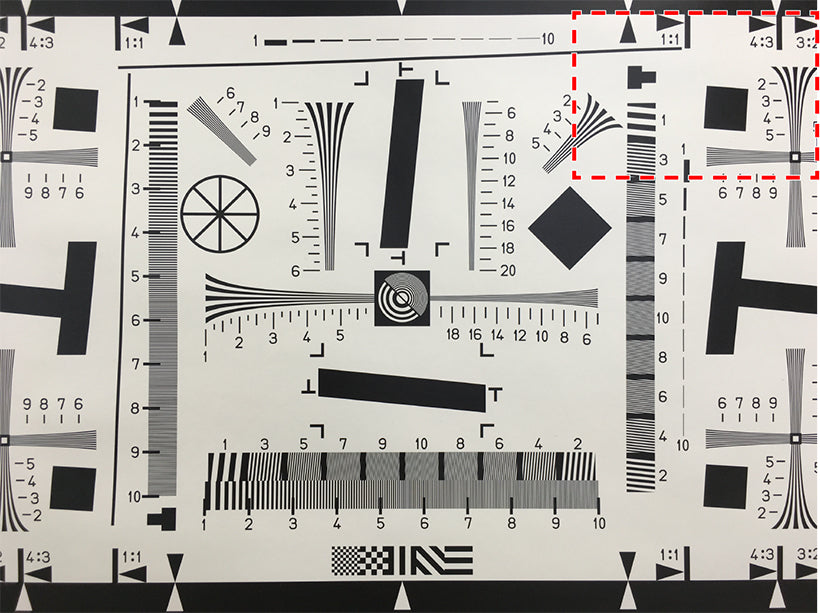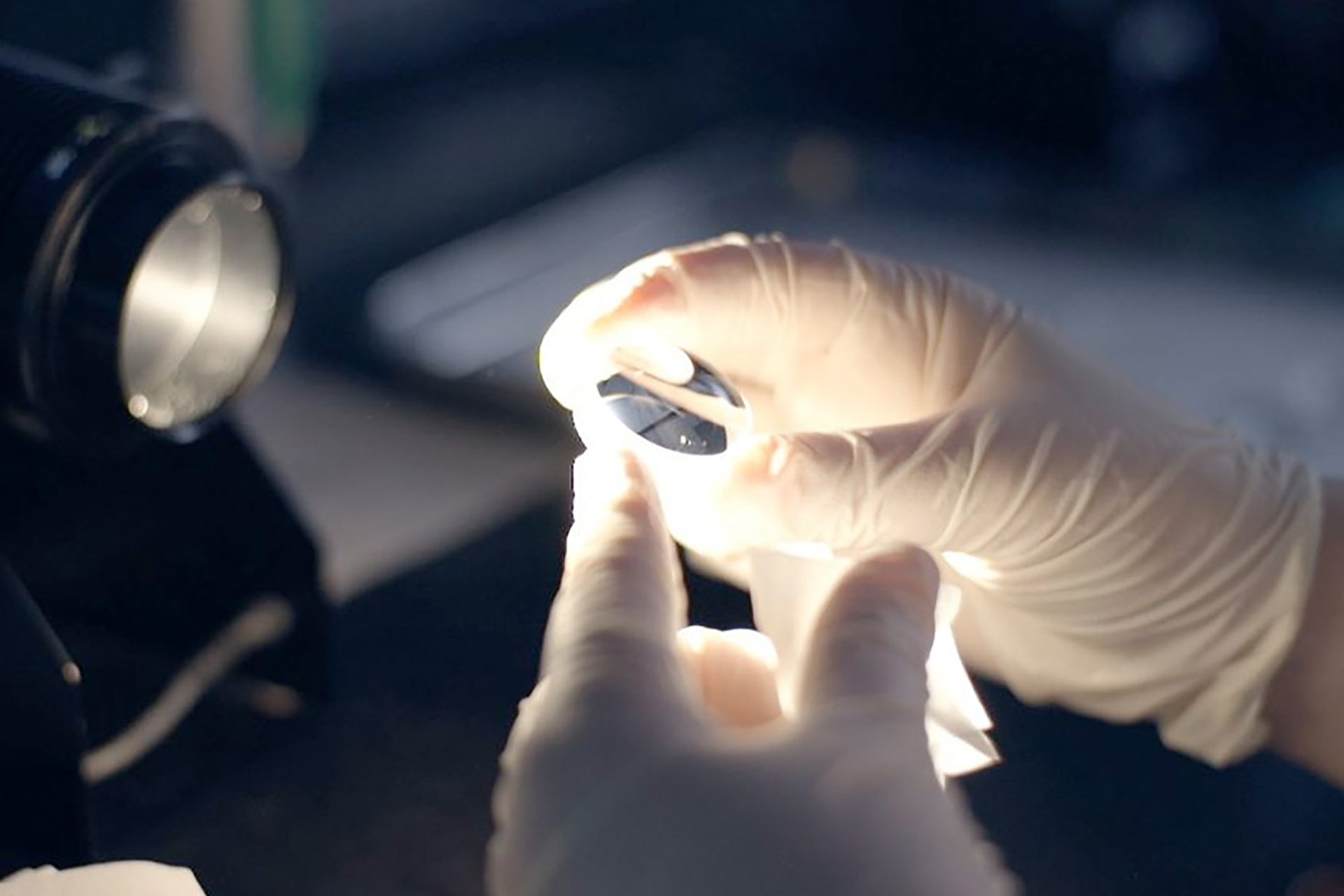
TG's Moment – Vol.5
Lens configuration that brings together the technologies of tokyo grapher
About 200 years ago, the world's first photograph was taken with a wooden box camera. At the time, it was reported that it took eight hours to take a single photo.
Since then, camera history has been marked by inquisitive artists and engineers. Especially since the Industrial Revolution, the development has been remarkable, and engineers around the world have been focusing on how to make it possible to take pictures quickly and easily, in parallel with improving the quality of photographs. Then, in 1975, an epoch-making event occurred that overturned all previous concepts of photography. It was the invention of the digital camera. In the 200-year history of photography, photography has changed dramatically in the last 40 years.
This digital technology has made photography familiar to people. Beginning with the built-in cameras of mobile phones, smartphones equipped with high-performance cameras such as the iPhone have taken over the world in recent years, and various everyday moments can be shared with family and friends in photos using SNS. It permeated people's lives.
With the rapid spread and evolution of SNS, photo-sharing applications such as Instagram provide a one-stop solution for shooting, editing, posting and sharing.
We, tokyo grapher, focused on the two attractions and possibilities of this iPhone: "high-performance and highly mobile camera performance" and "linkage beyond the camera function".
In developing lenses for the iPhone, this "mobility" became an extremely important theme. Compactness and high image quality and resolution, which seem to contradict each other in common sense, had to be realized in a single lens.

A camera lens usually combines a convex lens that collects light and a concave lens that scatters light, and forms an image of the subject on the image sensor while gathering and diffusing the light.
Depending on how the convex and concave lenses are combined, and which of the hundreds of types of optical glass is used, the performance and characteristics of the lens change greatly.
Currently, most of the external lenses on the market are based on one common lens, and add 1 or 2 extra lenses to create effects and angles of view such as wide and fish. This manufacturing method can produce wide-angle and fish-eye effects at low cost, but optical performance such as resolution, contrast, and chromatic aberration at the image periphery is hardly optimized, resulting in high image quality. It seems impossible to ask for a photo.

Let's actually use the ISO standard resolution chart (taken with iPhone 6s) and compare the lens of tokyo grapher with the wide lenses of other companies. With this chart, you can judge the resolution by reading the number of finely arranged lines, and you can evaluate chromatic aberration, etc. in the black areas.

This is an image of the resolution chart taken with the wide lens of another company's product. The overall impression is barely visible, and the lines in the finer parts are crushed, making it impossible to read the number. Also, you can see that a color shift has occurred because the edges of the black areas look bluish.

This is a resolution chart image taken with the tokyo grapher wide lens. Although there is distortion peculiar to wide lenses, the number of fine lines can also be counted, and it can be read that there is no color shift.

As of April 2016, tokyo grapher has released 3 types of lenses.
The fisheye lens and wide lens have 4 lenses each, and the macro lens has 1 lens. By the way, two of the lenses used for the fisheye and wide lenses are cemented lenses made by bonding different glass materials. This minimizes chromatic aberration.
Each of these 9 lens parts is designed for each of the 3 types of lenses, and none of them can be shared as parts for other lenses.
As a result of various research, it was necessary to design and develop nine types of lenses in order to achieve the "best image quality and resolution" pursued by tokyo grapher.
In the next and final installment, I will talk about a cylindrical storage case that makes it easy to carry high-performance lenses. Why did you make it like this...? There is a sports that can be said to be a certain street culture that inspired the launch of tokyo grapher.
CAPTURE YOUR MOMENT!



